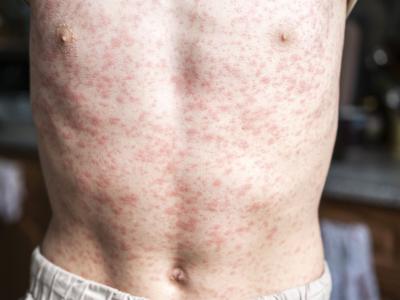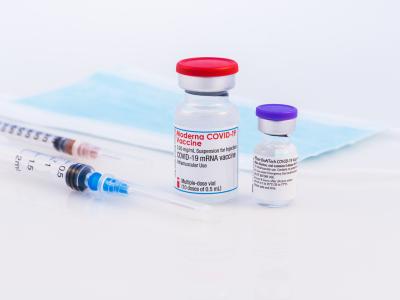CDC: Cyclospora outbreak tops 1,000 cases
In an update late last week, the US Centers for Disease Control and Prevention (CDC) said the multistate Cyclospora outbreak now involves 1,031 cases, 43 more cases than in the previous update on Sep 13.
Of the 1,031 patients, 578 reported no international travel, but a foodborne illness outbreak source within the United States has yet to be identified, the CDC said on Sep 22. Of the new cases, 25 are not connected to intentional travel, with the latest illness onset dated Aug 23. The 578 locally acquired cases were reported in 36 states, with Florida having the most, at 75.
"At this time, no specific vehicle of interest has been identified, and investigations to identify a potential source (or sources) of infection are ongoing. It is too early to say whether cases of Cyclospora infection in different states are related to each other or to the same food item(s)," the CDC said in its update.
Cyclospora is a single-cell parasite that causes intestinal infection. In the past, outbreaks have been linked to imported fresh produce.
Sep 22 CDC update
Study shows 5% rate of MERS healthcare worker spread in Saudi outbreak
After a nurse was infected with MERS-CoV in a Saudi Arabian hospital in 2015, investigators determined that 4.6% of healthcare worker (HCW) contacts eventually contracted the virus, according to a study yesterday in the American Journal of Infection Control (AJIC).
All contacts of a 30-year-old Filipino nurse working in the hospital were followed and tested for MERS-CoV (Middle East respiratory syndrome coronavirus) during a 14-day period of quarantine after the nurse was diagnosed as having the disease.
A total of 73 staff had nasal passages swabbed on days 2, 5, and 12. Only 3 (4.1%) were confirmed positive for MERS-CoV. Eventually epidemiologic tracing revealed a total of 153 contacts, of which 7 (4.6%) tested positive for MERS-CoV.
MERS-CoV outbreaks often occur in hospital settings, and the role of HCWs in transmission is not well understood. Previous studies have shown the vast majority of HCWs who test positive for MERS are asymptomatic, making quarantine and testing useful tools when an HCW is infected.
Sep 25 AJIC study
Study describes XDR Acinetobacter baumannii outbreak in neonates
An outbreak of bacteremia caused by extensively drug-resistant Acinetobacter baumannii (XDR-AB) affected 41 infants at a neonatal intensive care unit (NICU) in central Turkey, with 58% mortality, researchers reported yesterday in the American Journal of Infection Control.
The clustering of bloodstream infections (BSIs) due to XDR-AB in the NICU at Erciyes University Hospital was first noticed in mid-2014. Once the outbreak was identified, patients with A baumannii infection were cohorted in isolation rooms or separate areas within the NICU, and contact isolation was performed for all case patients. It took 2 years to get the outbreak under control.
In a retrospective case-control study conducted from July 2014 to July 2015 that included 41 case patients and 108 control patients, investigators found that the risk factors (by univariate analysis) associated with BSI due to XDR-AB were mechanical ventilation, 14-day mortality, use of peritoneal dialysis, and use of umbilical catheter. Multivariate analysis identified umbilical catheter use as an independent risk factor (odds ratio 2.44). All 41 strains isolated from the case patients were found to be XDR and fully susceptible only to colistin, and pulsed-field gel electrophoresis indicated they belonged to a distinct clone (common pulsotype 2).
Because XDR-AB is endemic in the adult wing of the hospital, the investigators initially hypothesized inter-hospital transmission of the bacterium because of lapses in environmental cleaning and disinfection. But the major epidemic clone of A baumannii was not related to the strain circulating in the adult section. Investigators were also unable to identify an index case or an environmental source. They suggest the source of the outbreak could have been a neonate who was transferred to the NICU from an outpatient clinic.
Control of the outbreak was achieved by implementing long-term infection control measures in the unit, including maximal barrier precautions during insertion of catheters, compliance to hand washing protocols, and full adherence of healthcare workers to periodic education programs. A baumannii infection rates gradually decreased over the following 2 years, in parallel with the decline in umbilical catheter-related infection rates.
Sep 25 Am J Infect Control abstract











